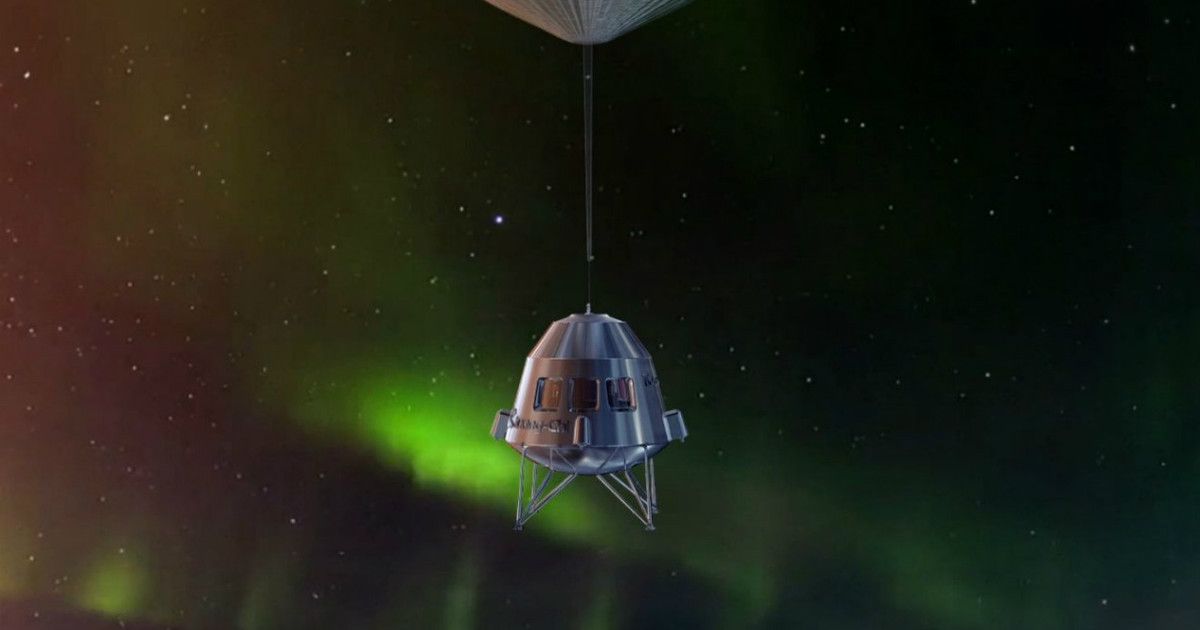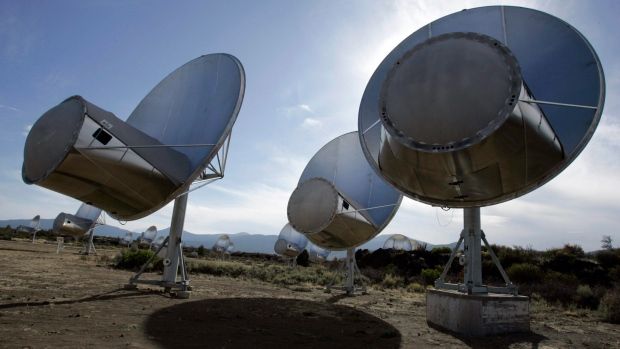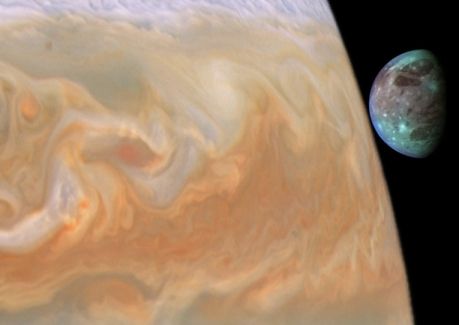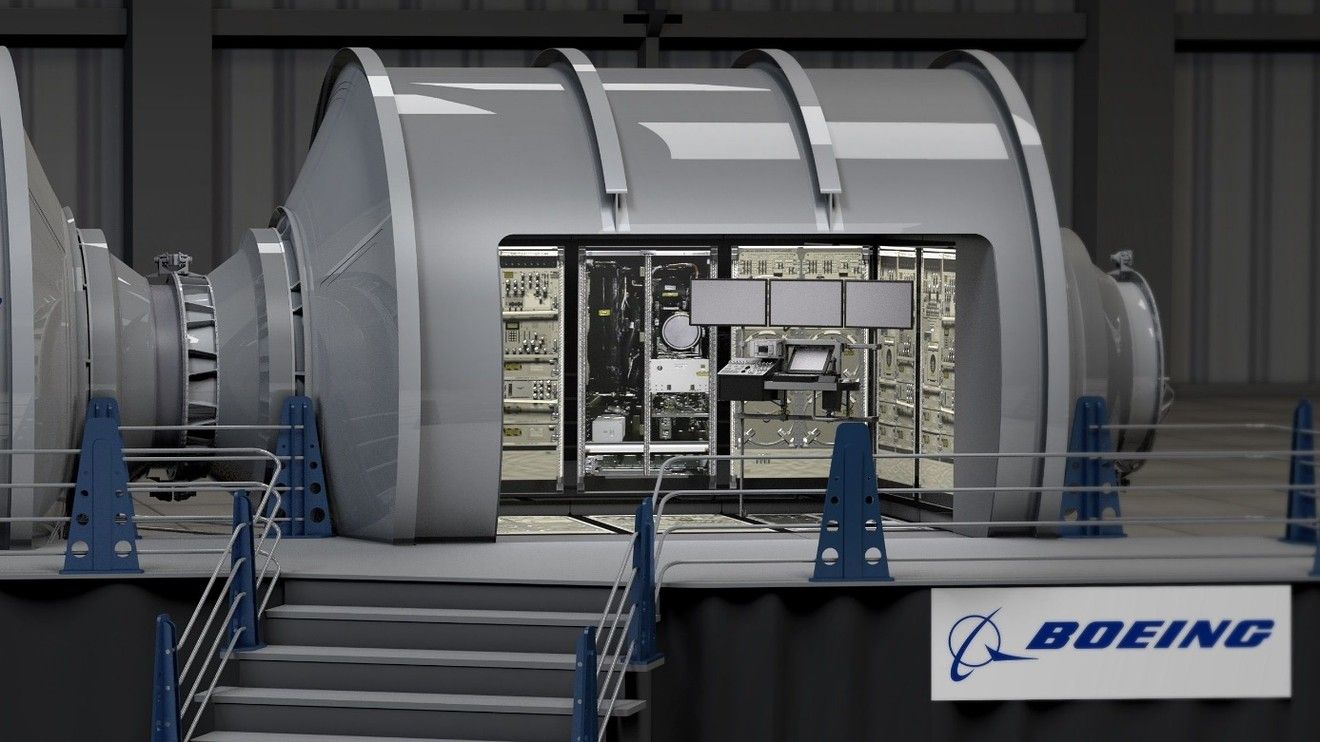China has unveiled plans for a futuristic $1.5-billion theme park with links to its high-altitude balloon project that could one day take tourists on leisurely rides to near-space.



The future frontier for hackers is synthetic biology.
Landmark scientific projects such as the Human Genome Project can encourage international cooperation and bring nations together. However, when security interests and defence research align with the prestige of a landmark project—international competition is all but assured. Synthetic biology is a scientific discipline less than a decade old, and the potential defence and security applications may create a new space race, this time between the USA and China.
The larger concern is not that this race may happen, but that if it does it will politicise and militarise an ethically sensitive area of the life sciences at a time when this frontier technology is critical to maintaining a sustainable world.
The Human Genome Project (HGP) cost about US$300 million (A$394 million), involved 20 international institutions and sequenced the human genome in just over a decade. The draft sequence was published in February 2001 and has driven economic, health and social benefits the world over for the last 15 years. To a very large extent this research project underpins the modern life sciences and is the equivalent of landing on the moon.
Hoverbike.

That strange music/ noise that NASA thought they heard may have originated from earth according to Russian Scientists.
For anyone excited by recent reports of a mysterious radio signal possibly sent from extra-terrestrial life forms in deep space, Russian scientists have some sobering news.
It probably came from Earth, according to a group of researchers who detected the signal in May 2015.
The strange radio activity caused a stir after Italian astronomer Claudio Maccone pointed out in a recent presentation that Russian telescope RATAN-600 picked up a strong, unexplained signal believed to be coming from about 94 light years away.
Something different.
“The real task with dealing with extraterrestrials is to know when you’ve got one.

In a video uploaded to YouTube on August 3rd (below), engineers from the Russian space agency, Roscosmos, proposed an orbiter and lander mission to Ganymede. The video suggests a launch could come in the next decade. Although the commentary is in Russian, the video appears to suggest that Ganymede may be as good a candidate or better for life than Europa.


NASA is designing a submarine that will one day be deployed to Saturn’s moon Titan, and explore it’s largest hydrocarbon ocean Kraken Mare. The project is just in the conceptional phase with the mission beginning in 2038, at the earliest.
Despite being a moon, Saturn’s natural satellite Titan is remarkably planet-like. More notably, it has striking similarities to Earth such as clouds and a dense atmosphere.
It does, however, have oceans of liquid methane instead of water, since its temperature is far too cold for liquid water to exist. This would make is most uncomfortable for much of life on Earth. Still, scientists have reasons to believe that life could emerge under these harsh circumstances, since its thick atmosphere is rich in methane and other organic compounds—signs indicative of life from an Earthling’s perspective.

I HIGHLY recommend reading this novel, as well as it sequels! It’s a beautiful, smart, and occasionally frightening exploration of what our civilization will look like post singularity, what WE will look like as posthumans, and where we might go from there.
The Golden Age is Grand Space Opera, a large-scale SF adventure novel in the tradition of A. E. Van vogt and Roger Zelazny, with perhaps a bit of Cordwainer Smith enriching the style. It is an astounding story of super science, a thrilling wonder story that recaptures the excitements of SF’s golden age writers.
The Golden Age takes place 10,000 years in the future in our solar system, an interplanetary utopian society filled with immortal humans. Within the frame of a traditional tale-the one rebel who is unhappy in utopia-Wright spins an elaborate plot web filled with suspense and passion.
Phaethon, of Radamanthus House, is attending a glorious party at his family mansion to celebrate the thousand-year anniversary of the High Transcendence. There he meets first an old man who accuses him of being an impostor and then a being from Neptune who claims to be an old friend. The Neptunian tells him that essential parts of his memory were removed and stored by the very government that Phaethon believes to be wholly honorable. It shakes his faith. He is an exile from himself.

Physicists at the U.S. Department of Energy’s Princeton Plasma Physics Laboratory (PPPL) are building a “star in a jar” — a miniature version of the how our Sun creates energy through fusion. It could provide humankind with near limitless energy, ending dependence on fossil fuels for generating electricity — without contributing greenhouse gases that warm the Earth, and with no long-term radioactive waste.
But that requires a “jar” that can contain superhot plasma — and is low-cost enough to be built around the world. A model for such a “jar,” or fusion device, already exists in experimental form: the tokamak, or fusion reactor. Invented in the 1950s by Soviet physicists, it’s a device that uses a powerful magnetic field to confine plasma (superhot charged gas) in the shape of a torus.